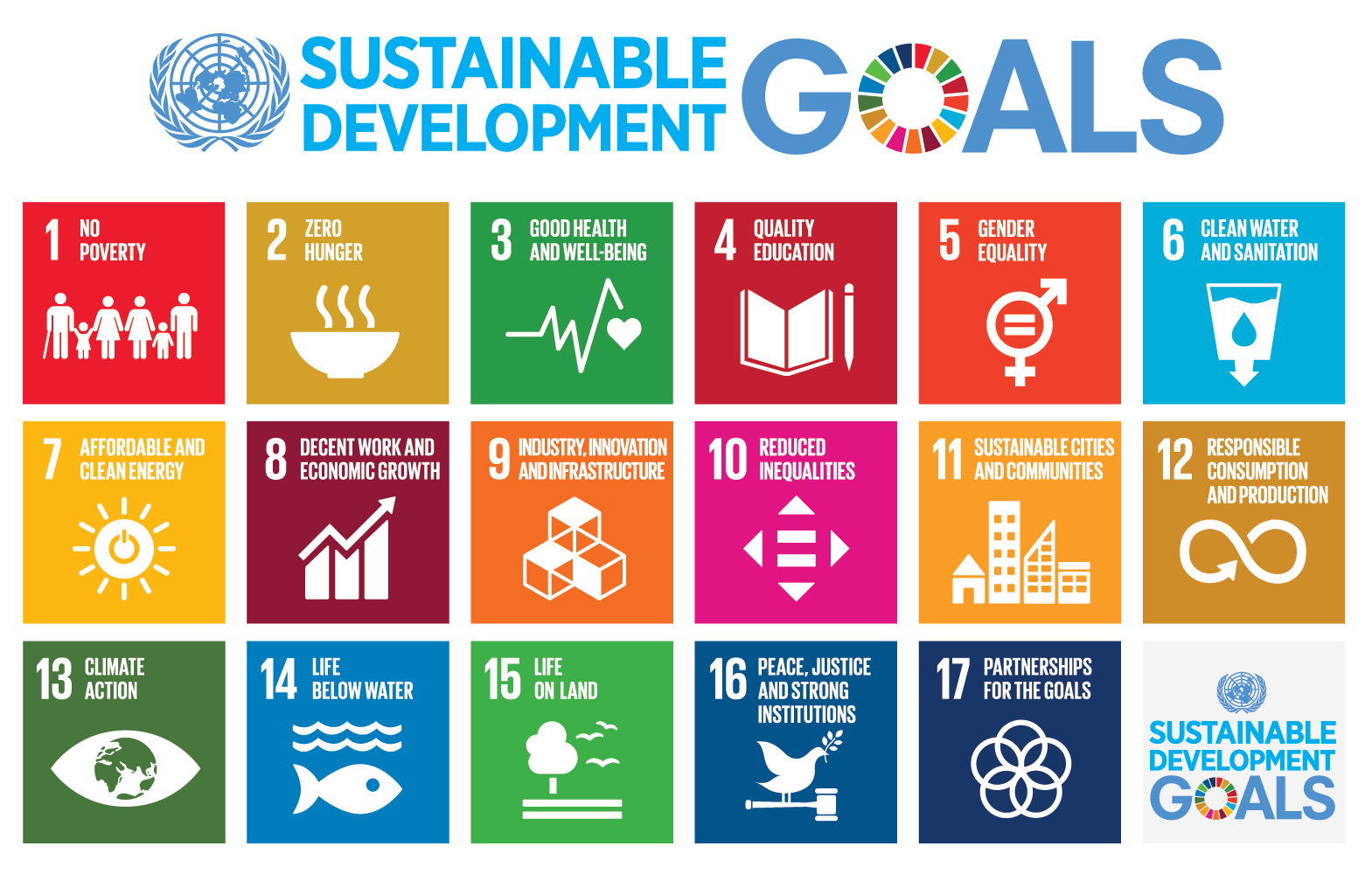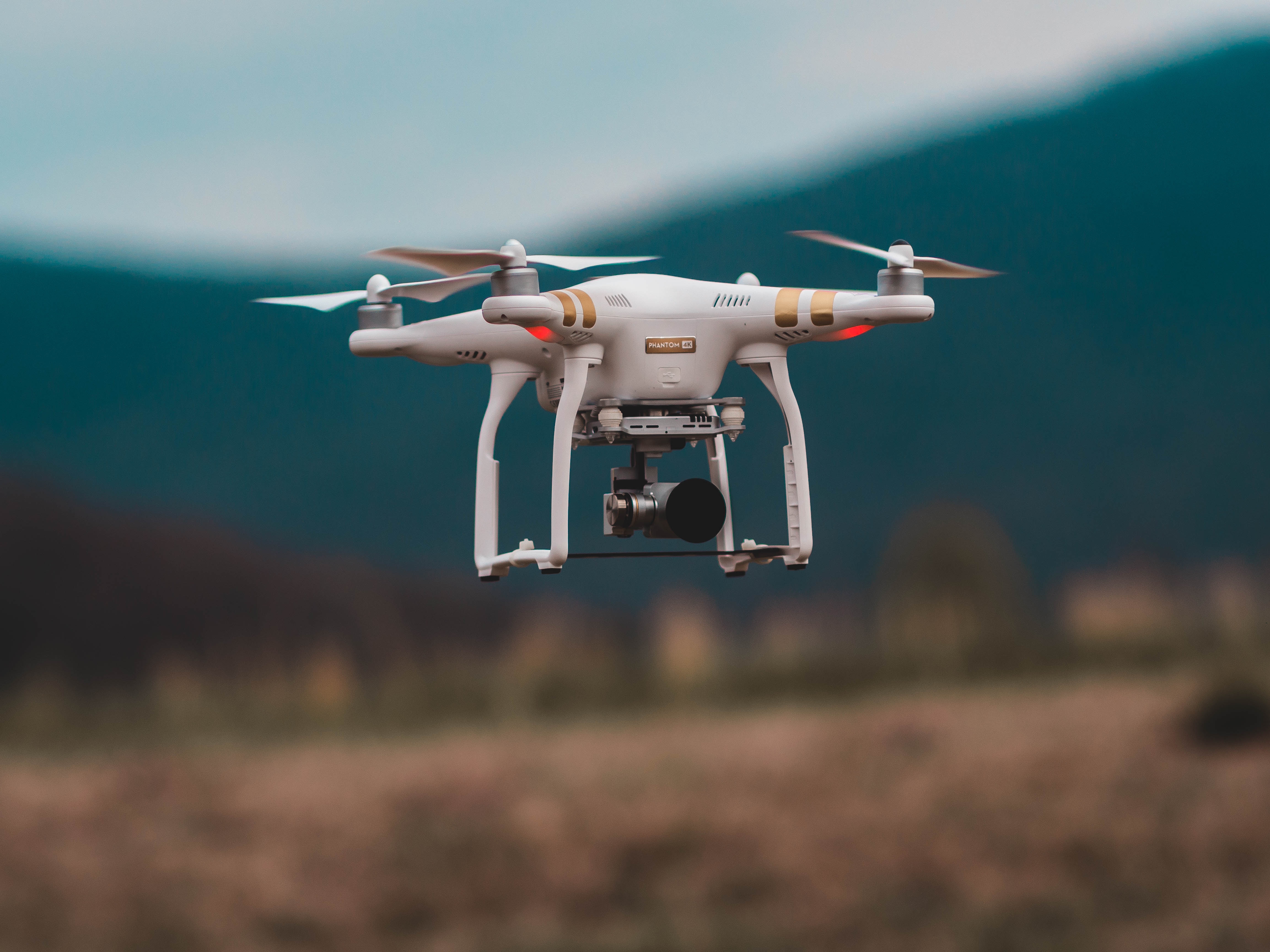Can service robots replace human labor in hotel industry?
How would you feel if a robot welcomed you when arriving to a hotel instead of a human? Would you be more pleased of robot’s convenience or the real face-to-face interaction that a human being can offer? Robots in hotel industry can bring so many opportunities yet so many challenges. Nobody knows about the future, […]


